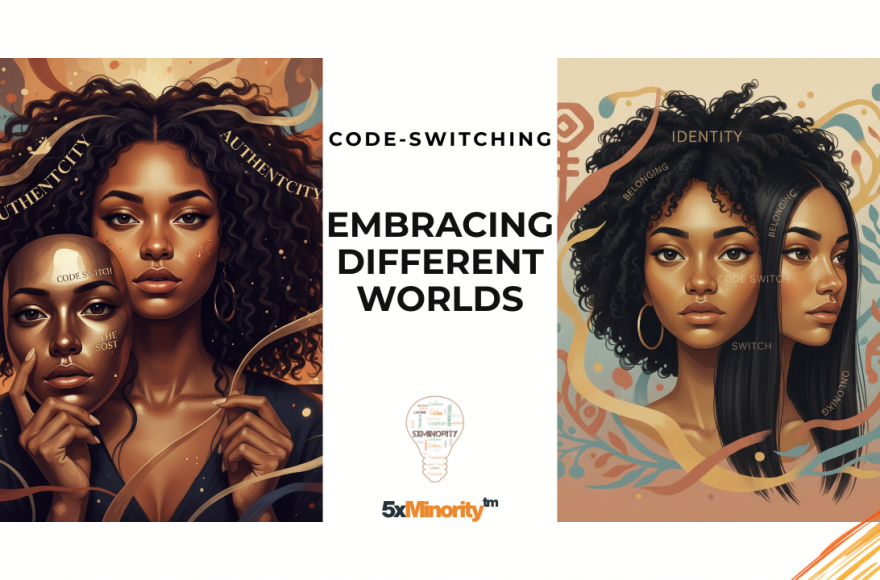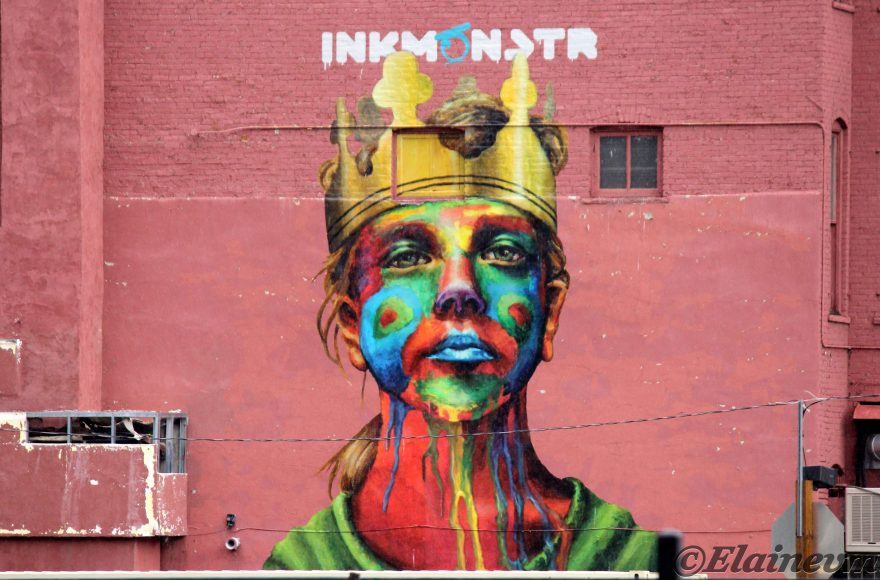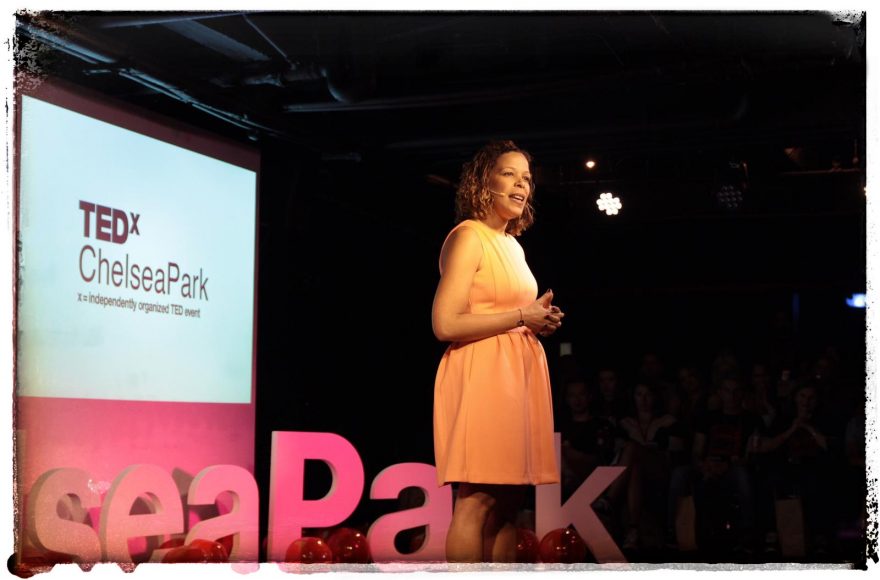I mentor many young people, but one in particular has been on my mind lately. Let’s call her Sophia. Her story reflects the complicated dance of code-switching and identity that so many young people face today.
Sophia is an Afro-Latina college student who identifies more strongly with her African heritage than her Latina side. She is bright, thoughtful, and unapologetically herself. She wears her natural hair voluminous and free, and it is beautiful. But it also draws stares, whispers, and, sometimes, the kind of silence that feels like rejection.
She is struggling, not with her grades or her ambition, but with her sense of belonging. She tells me she feels lonely because her peers don’t know how to connect with her. They look at her differently. And because of that, she feels like she is on the outside looking in.
As her mentor, I find myself torn. On one hand, I am so proud of her courage. At her age, I couldn’t do what she is doing. I code-switched constantly, as a Latina, as an immigrant, and later as a queer woman in tech. I reshaped myself depending on the room I walked into, because I thought it was the only way to be accepted. In boardrooms, I softened my accent and avoided mentioning my partner. In family gatherings, I code-switched in reverse, tempering the confidence I’d cultivated professionally to avoid seeming “too Americanized.” Each shift felt necessary for survival, but collectively, they left me exhausted and fragmented.
Seeing Sophia resist that pressure makes me admire her strength. But on the other hand, I worry. I know how unforgiving the world can be to those who refuse to conform. Bias is real. People make assumptions based on appearance, hair, accent, or mannerisms. And while authenticity is powerful, it doesn’t always come without cost.
This is the tension so many of us live with: the double bind of identity:
Be yourself, and risk exclusion. Or adapt, and risk losing a piece of yourself in the process!
The Science Behind the Strain
Code switching is often described in terms of language, but it’s far more than that. It’s the way we change our behavior, from the way we dress, speak, laugh, or even wear our hair, depending on who is around us. For people of color, LGBTQ+ individuals, and anyone who doesn’t fit the dominant mold, it can become a survival mechanism.
Research from Harvard Business School shows that code switching can generate both positive and negative outcomes, but it comes with significant psychological costs. The study found that while code switching may help people avoid bias in professional settings, it can “deplete cognitive resources and hinder performance” and “reduce authentic self-expression and contribute to burnout.”
For LGBTQ+ employees specifically, the workplace toll is measurable. Most studies reported increased odds of depression, anxiety, or suicidality among LGBTQ+ compared to non-LGBTQ+ workers, according to a comprehensive 2025 systematic review. The research shows that factors associated with adverse mental health outcomes among LGBTQ+ workers include job stress, low income, workplace hostility, and low levels of supervisor support.
The discrimination is widespread and ongoing. Almost half (47%) of LGBTQ employees reported experiencing discrimination or harassment at work because of their sexual orientation or gender identity during their lifetime, according to recent research from the Williams Institute. Even more telling: 17% reported experiencing discrimination or harassment within just the past year.
Sophia’s loneliness is evidence of that strain. When authenticity feels risky, connection becomes harder to find. The hypervigilance required to constantly monitor and adjust one’s presentation creates what researchers call “minority stress,” a chronic state of alertness that compounds over time.
When Authenticity Feels Like a Luxury
In my own journey, I learned that authenticity often feels like a privilege reserved for those who already belong. Over twenty years ago, when I first entered the tech industry, I was one of the only Latinas on my team. As I advanced into leadership, I became one of the very few out queer women in those roles. I remember the calculated decisions: Would mentioning my weekend plans (which included my partner) derail this client meeting? Should I correct the colleague who assumed I was the diversity hire rather than the department head?
Each choice felt loaded with consequences. The irony is crushing: the very authenticity that could make us more effective leaders, more innovative problem-solvers, and more empathetic colleagues is often the thing we feel pressured to hide.
Many employees engage in what researchers call “covering behaviors” to avoid discrimination. Nearly half (46%) of LGBTQ employees said that they are not open about being LGBTQ to their current supervisor, and one-fifth (21%) are not out to any of their coworkers. More than half (58%) reported engaging in covering behaviors at their current job to avoid harassment or discrimination.
The cost of staying hidden versus being open creates an impossible choice. LGBTQ employees who were out to at least some coworkers were three times more likely to report experiencing discrimination than those who were not out to anyone at work, but they were also more connected and engaged.
Teaching Navigation, Not Capitulation
So how can I, in good conscience, guide Sophia through this landscape? How can I help her avoid the isolation that comes with constant code-switching while also acknowledging the reality of the bias she’ll face?
I try to hold both truths with her:
Yes, be yourself. That is where your power lies. Your natural hair, your unapologetic presence, your refusal to shrink, these are not obstacles to overcome but strengths to leverage.
And yes, there will be moments when you’ll have to make strategic choices about when to bend and when to stand firm. This isn’t about selling out; it’s about survival and choosing your battles wisely.
What I want Sophia to know, what I wish I had known earlier, is that authenticity does not have to mean all or nothing. Sometimes it means choosing spaces and people where you can be fully yourself, and finding the courage to adapt only when your safety or well-being demands it. It means understanding that code switching can be a tool of agency, not just oppression, when we maintain conscious control over when and how we use it.
“Belonging should never come at the cost of identity.”
– Elaine Montilla
Finding Support While Navigating Code Switching and Identity
The burden of navigating bias shouldn’t fall entirely on individuals like Sophia. The research indicates that workplace support has a measurable impact on outcomes for marginalized employees, yet true systemic change remains elusive.
Despite visible corporate support for LGBTQ+ rights, just four openly LGBTQ+ CEOs head Fortune 500 corporations, only one of whom is female and none of whom is trans. This lack of representation at the highest levels creates a trickle-down effect, leaving many employees feeling isolated and unsupported.
The good news is that no one has to shoulder this tension alone. Employee resource groups, mentorship programs that understand intersectional identity, and institutional policies designed with psychological safety in mind can provide crucial buffers. However, these supports must extend beyond performative gestures to foster genuine belonging.
For students like Sophia, campus affinity groups, counseling services designed with cultural competency, and mentors who’ve walked similar paths can offer the affirmation that wider society too often withholds.
The Universal Question
Watching Sophia navigate this has reminded me of something important: the question of “how much of myself can I safely bring into this room?” is not just hers, or mine. It lives in the hearts of the transgender executive, calculating whether to use the bathroom that matches their identity, the Muslim woman deciding whether to wear hijab to the job interview, the veteran with PTSD wondering whether to disclose their struggles, the first-generation college student trying to fit in among peers who’ve never questioned whether they belong.
The question transcends individual identity markers because it speaks to something fundamentally human: the need to be seen, accepted, and valued for who we truly are.
While we can’t yet promise a world that fully embraces every identity, we can commit to expanding the spaces where authenticity is not just tolerated but celebrated. We can mentor the next generation not to hide their light, but to shine it strategically and surround themselves with people who reflect that light back to them.
The work continues, one conversation, one mentorship, one authentic moment at a time.





